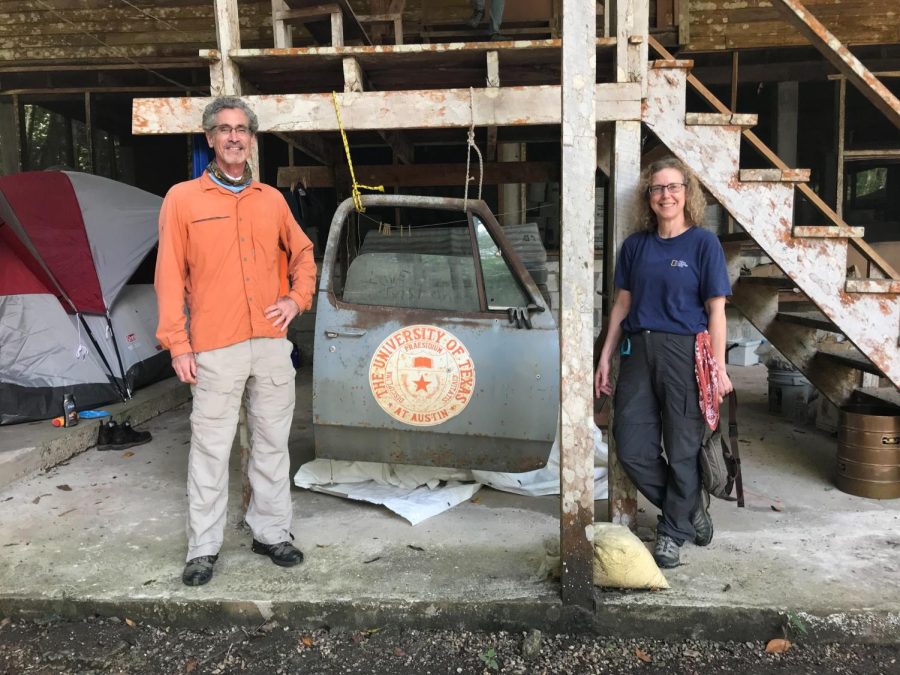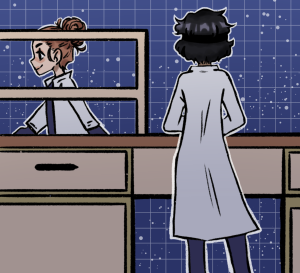UT researchers discover high levels of mercury in ancient Maya soil
October 18, 2022
A study co-conducted by UT researchers and professors revealed high levels of mercury pollution in the soil of ancient Maya grounds in the Mexico and Central America region. The study raised concerns for the safety of archeologists working in the area, while also providing information on the significance mercury may have had in ancient Mayan societies.
Sheryl Luzzadder-Beach, co-author of the study and a professor in the department of geography and environment, said the high levels of mercury pollution pose threats to archeologists working in the area. While the risk is low, it could potentially harm farmers who use the fertile Mayan soil and local residents of the area.
“Regular lab precautions definitely help us deal with these kinds of materials and to keep ourselves from breathing them,” Luzzadder-Beach said. “If people are in and around ancient buildings, looting, digging through them, they might not realize that they’re breathing toxic dust that could be mercury or cinnabar.”
While there were “little peaks” of mercury in the study’s chemical analysis during initial stages of research, they discovered “higher than expected levels of mercury” in particular Mayan sites back in the 1990s, said Tim Beach, the study’s co-author and a geography and environment professor.
“The underlying rocks are simple — they’re calcium and carbon, for the most part, meaning that any other kinds of elements that come from (other) places are suspect,” Beach said. “When we see things like mercury, which is a relatively rare element, they are out of place. In other words, they must have been mined and carried to (these) places.”
Exactly where the Mayans were mining and getting this mercury from is still up for speculation, but researchers have identified signs of human activity involving mercury and how it may have been significant to the culture of these Mayan civilizations, Beach said.
“We do this to look at the array of chemical fingerprints left behind by things like artwork, cooking or just everyday traveling back and forth across a soil floor,” Luzzadder-Beach said. “So, mercury is one of the many different elements that make up those fingerprints of human activity.”
Beach said the Mayans used cinnabar — the ore of mercury — and other sources containing high levels of mercury, for its red pigmentation in ritualistic practices.
“The Maya loved to paint buildings red, not necessarily from cinnabar, but from other sources too,” Beach said. “Red was a very important color scheme, so it had a strong ritual meaning.”
Luzzadder-Beach said she and Beach are a part of a Universitywide project called Planet Texas 2050. By studying mercury pollution in the soil of ancient Maya grounds, it can help them to understand if the same problems occur in Texas soil.
“Work that we do in faraway places like Central America, we’re always looking for analogues for things that will help us understand our own environment here in Texas and help us think about how modern cities, modern communities and modern farmlands deal with some very ancient problems,” Luzzadder-Beach said.














